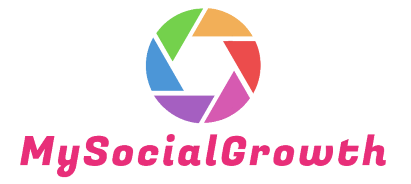Creating a content calendar is an essential component of a successful social media marketing strategy. By planning your content in advance, you can ensure that you have a consistent stream of high-quality content to share with your audience. In this article, we’ll explore how to create a content calendar for social media.
Define Your Content Goals
The first step in creating a content calendar is to define your content goals. This could include increasing engagement, driving traffic to your website, or building brand awareness. By defining your goals, you can ensure that your content calendar is aligned with your overall marketing strategy.
Identify Key Dates and Themes
The next step is to identify key dates and themes that are relevant to your business. This could include holidays, industry events, or product launches. By incorporating these themes into your content calendar, you can ensure that your content is timely and relevant.
Determine Your Posting Schedule
Once you’ve defined your goals and identified key dates and themes, you can determine your posting schedule. This should include the frequency of your posts, as well as the best times to post based on your audience’s behavior. By sticking to a consistent posting schedule, you can ensure that your audience knows when to expect new content from you.
Brainstorm Content Ideas
With your posting schedule in place, you can start brainstorming content ideas. This could include blog posts, videos, graphics, or other types of content that align with your goals and themes. By brainstorming a variety of content ideas, you can ensure that your content calendar is diverse and engaging.
Plan Your Content in Advance
Once you’ve identified your content ideas, you can start planning your content in advance. This could include creating a content brief for each piece of content, scheduling your posts in a social media management tool, and ensuring that you have all the necessary assets and resources in place to create high-quality content.
Monitor and Adjust Your Calendar
Finally, it’s important to monitor and adjust your content calendar based on your results. This could include tracking your engagement metrics, analyzing your audience’s behavior, and adjusting your posting schedule or content themes based on your findings.
It’s important to choose a platform that works best for your needs and team collaboration style. Here are some examples of platforms that you can use to create a content calendar for your social media marketing strategy:
Google Sheets: Google Sheets is a free spreadsheet software that can be used to create a content calendar. It allows you to easily track your posts, dates, and times, and can be shared with team members for collaboration.
Trello: Trello is a project management tool that can be used to create a content calendar. It allows you to create boards, lists, and cards to track your posts and ideas.
Asana: Asana is another project management tool that can be used to create a content calendar. It allows you to create tasks and subtasks, and can be used to track your progress and deadlines.
CoSchedule: CoSchedule is a social media management tool that includes a content calendar feature. It allows you to schedule your posts in advance and track your analytics, as well as collaborate with team members.
Hootsuite: Hootsuite is another social media management tool that includes a content calendar feature. It allows you to schedule your posts in advance, track your analytics, and collaborate with team members.
In conclusion, creating a content calendar is an essential component of a successful social media marketing strategy. By defining your goals, identifying key dates and themes, determining your posting schedule, brainstorming content ideas, planning your content in advance, and monitoring and adjusting your calendar, you can ensure that your social media presence is consistent and engaging.
Maximize the potential of your social media presence and reach new heights of success with our expert social media management service, tailored to fit the unique needs of your business and designed to generate real results that drive growth, engagement, and revenue.


Recent Comments